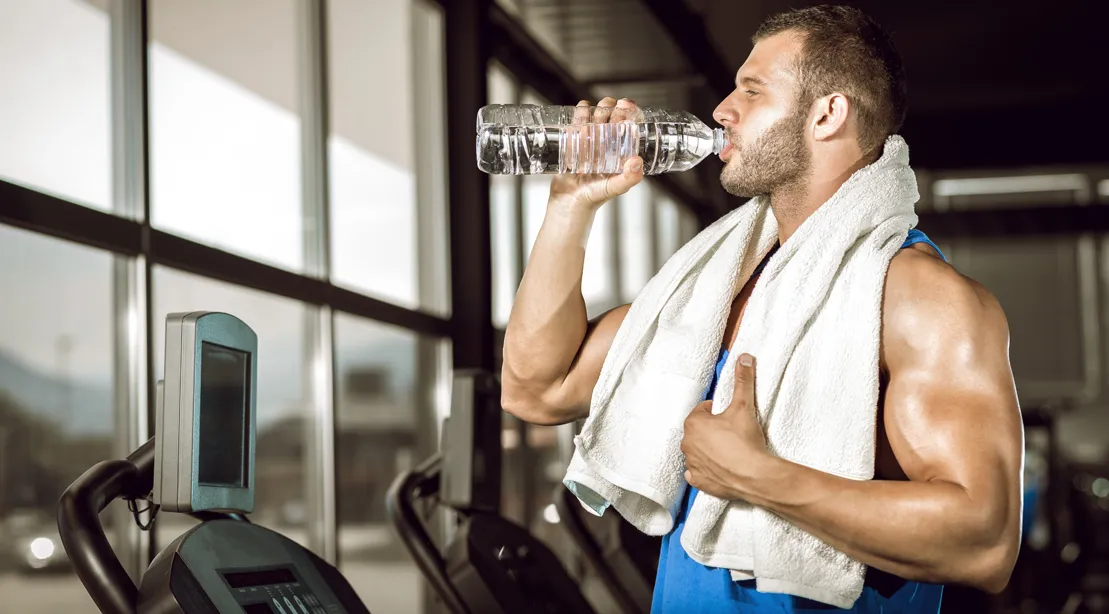Whether you’re a beginner or an advanced trainer, these bodyweight exercises can be an effective part of your workout. Plus, they don’t require any equipment!
Think of them as “push-ups and squats lite.” These moves will help build the major muscle groups in your upper and lower body. They’re also great for burning fat!
1. Tricep Dips
Tricep dips are a classic bodyweight exercise that helps build lean muscle in the upper arms. The exercise targets the triceps muscle, which extends the elbow joint, and also engages the deltoid muscles of the shoulders. Dips require good form to avoid stressing the joints. Performing the movement with proper form will ensure that the exercise is effective and safe for your shoulder and elbow joints.
Begin with your hands on a bench or other surface that can support your weight and your feet are flat on the ground. Position your hands so that your fingers are facing forward and curled over the edge of the bench for grip. Inhale as you slowly lower your body down until your torso is slightly below parallel and then press back up using your triceps.
2. Push-Ups
Traditionally thought of as an upper-body exercise, the push-up actually works a number of muscles throughout the entire body (including the serratus anterior, trapezius and rotator cuff (posture and shoulder support muscles), triceps and core stabilizers). In addition to increasing muscle size and strengthening joints, the closed kinetic chain movement also helps improve posture and supports cardiovascular health.
Beginners should perform a few sets of a single- or double-knee push-up to get accustomed to the movement. Avoid letting your back sag or arching it; this not only weakens the core and back muscles, but can strain shoulders and other joints.
To make push-ups more challenging, try a wall or incline variation. Adding variations that increase resistance allows you to work your muscles at a greater range of motion while developing endurance over time.
3. Squats
Although squats can be challenging for beginners, this exercise is essential to strengthen the lower body and glutes. The glutes are one of the largest and strongest muscles in the body, and they are responsible for moving you forward during walking and running, supporting the back during lifting and helping prevent knee injuries (Schoenfeld, 2010).
Stand with your feet slightly wider than hip-width apart, toes turned out just a bit to open your hips. On an inhale, slowly shift your weight back into the hips, lowering until your thighs are parallel or even closer to the ground.
Stalwart weight lifters may shudder at the thought of trading in their barbells and dumbbells for reps of air squats and push-ups, but calisthenics are effective, safe and easy for anyone to do anywhere. Try adding these bodyweight exercises to your weekly workouts, starting with a single set and working your way up as you get stronger.
4. Bridges
The bridge is an excellent exercise to strengthen your glutes (butt muscles) and hamstrings. It also increases your core strength and helps to stabilize your spine.
For beginners, short bridges are a great way to start and can be performed anywhere. You can also try elevating your feet and bending them forward to assume the bridge pose.
Once you’ve mastered the short bridge, you can move on to straight and elevated bridges. These progressions will increase the challenge of your bridge by targeting your shoulders along with your back, butt and leg muscles. Finally, you can work up to a full bridge which is the ultimate test of your back strength and flexibility. It requires a lot of skill and dedication to achieve, but is well worth it once you’ve mastered it.
5. Walking Lunges
Walking lunges are a fantastic lower-body exercise that also strengthens your core. They target the quadriceps muscles, which include the rectus femoris, vastus lateralis, and vastus intermedius. The quads extend your knee and flex your hip, which are both used when you walk or run.
A common mistake when performing this exercise is allowing your front knee to cave inward as you sink into the lunge position (known as knee valgus). This can increase your risk of injury and may make existing knee pain worse. Instead, be sure to lower your back knee slowly and evenly to the floor.
For an added challenge, perform overhead walking lunges by holding a weight overhead for the prescribed reps. This variation is more challenging to the core and balance muscles, which will work harder to keep you stable.







